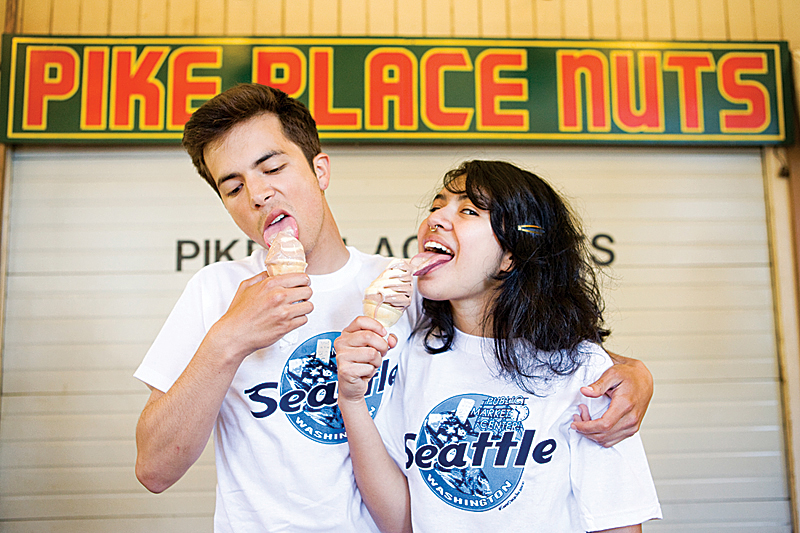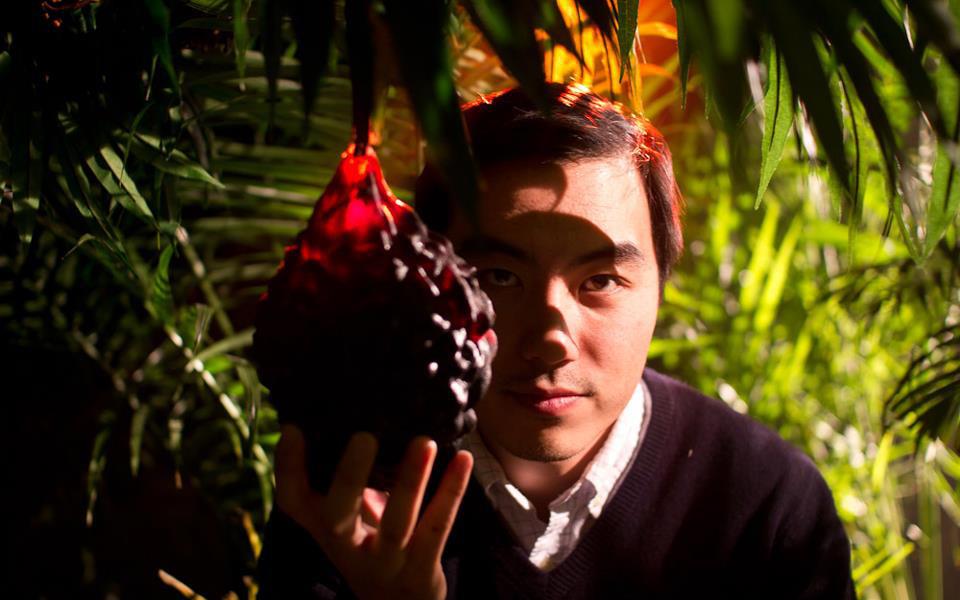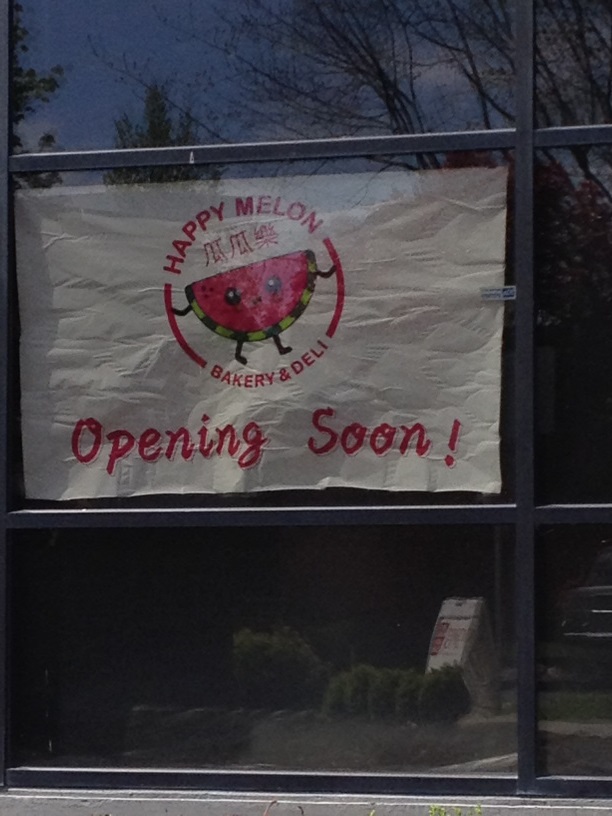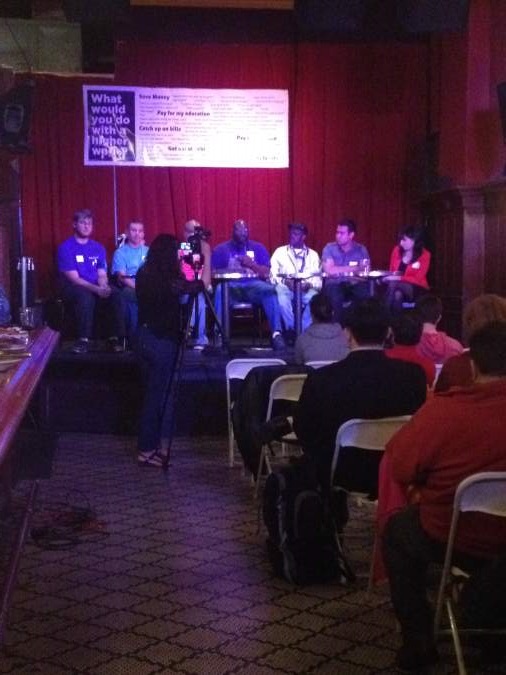If I’d acquired any street cred in my few short weeks of living in Seattle, I surely squandered it on a recent weekday afternoon, trailing a man who was hoisting a pastel pink umbrella, a listening device jammed in my ear. That might count as cool, covert behavior if I’d been operating solo, but I was a member of a flock of hungry, flat-footed visitors.
My comrades and I had signed up to spend three hours on a downtown walking tour which promised to reveal the city’s culture through its food. That’s the sort of thing Seattle visitors do these days.
Culinary tourism isn’t new. Travelers have been seeking memorable edible adventures ever since the first human left home. There are probably cave drawings pointing fellow dwellers to the cave around the bend, where passersby could score the best saber-tooth jerky.
But using food and drink to lure tourist dollars has become an increasingly common plank in local economic-development strategies. Regions that can’t afford to build elaborate amusement parks or attract fancy outlet malls are now trying to sell prospective visitors on the charms of their homegrown dishes. A Boudin Trail snakes across Louisiana; a Hoosier Pie Trail in Indiana highlights slices of sugar cream; a trail in Bowling Green, Ohio, introduces outlanders to shredded chicken sandwiches and pork-a-lean.
Tourists, it turns out, love this stuff. According to a study by the Ontario Ministry of Tourism, which is forever trying to make sense of its southern neighbors, 71 percent of American travelers participated in a “culinary activity” while out of town. They followed trails, sought farmers markets, took cooking classes, and registered for walking tours.
To learn what happens on these popular meal marches, I participated in programs offered by Seattle’s three leading culinary-tour companies. I explored Pike Place Market with Seattle Bites Food Tours, ate my way through Belltown with Seattle Food Tours, and took in “gourmet Seattle” with Savor Seattle Food Tours. Since I wanted to remain anonymous, I adopted my persona circa 2007, which means my fellow tourgoers and guides knew me only as a political campaign manager from western North Carolina.
The tours were remarkably dissimilar, considering how much of the same territory we covered. I expected a good dose of Seattle food history, but found each tour put a different emphasis on the phrase: Savor Seattle focused on Seattle, Seattle Food Tours stressed food, and Seattle Bites accentuated history.
All three were good fun. While Seattle Bites still has some growing to do, I wouldn’t hesitate to send a visitor on either of the others, both of which distinguished themselves with personable guides and a dynamic mix of restaurants. Which tour would best suit your out-of-town guest? Check the crib sheet that follows (and if you’re wise, buy yourself a ticket too).
Seattle Bites Food Tours
Pike Place Market, 2.5 hours, $39.99. seattlebitesfoodtours.com
The web page for Seattle Bites Food Tours touts the “souvenir eco-friendly re-usable shopping bag” each guest receives as a perk. It doesn’t mention that you probably won’t be the first person to re-use the bag. The cloth bags our tour guide distributed were badly stained. As I’d learn, the well-meaning Seattle Bites suffers from an aggravating inattention to detail.
Our Pike Place Market tour began with Nutella crepes at Crepe de France, an odd choice for a starting spot, the other tourgoer and I agreed. Perhaps our tour guide, who looked like she might wear wolf sweatshirts when she’s off-duty, upholds a “dessert first” philosophy. She certainly was a fan of the crepe: “When I eat this, I’m with John Cusack at the beach,” she said, prompting us to pull the Dixie cups out of our dirty bags so she could fill them with DRY Soda.
Our guide’s patter had two primary themes: the history of the Market and her rapturous devotion to the food served there. Unfortunately, there was rarely any connection between the two. The pastrami sandwich at I Love New York Deli, the tikka masala at Saffron Spice, and the chowder at Pike Place Chowder were tangential to her lengthy chronicle of the Market’s creation and renewal. While she was schooled in each showcased vendor’s backstory, she didn’t attempt to wring any larger meaning from the foods we sampled. The tour would have been equally informative without the eating.
And it was highly informative. Seattle Bites deserves credit for making the internment of Japanese farmers and the Market’s resulting decline its central narrative. Seattle Bites may not offer a great food tour, but it conducts a very good history tour.
Savor Seattle
Gourmet Seattle, 3 hours, $69. savorseattletours.com
In keeping with the outdated version of me I dredged up for anonymity’s sake, I was tardy for all of my tours. One minute past the appointed tour time, my Savor Seattle guide called to make sure I was on my way: Savor Seattle runs a highly organized operation.
Savor Seattle’s polish has earned it a raft of write-ups in food publications and a top ranking on TripAdvisor. In addition to showing off downtown Seattle, the company conducts a chocolate tour, a Capitol Hill culinary stroll, and a three-day kayaking tour of the San Juan Islands, featuring feasts of grilled salmon and Washington wines.
It’s Savor Seattle that makes use of pink umbrellas and the personal listening devices that allow its guides to speak in a normal tone when addressing dozens of straggling eaters stretched out over a city block. For the tour-goers, who get color commentary piped deep into their ear canals, it creates the sensation that one’s conscience has a great deal to say about Tom Douglas.
Douglas’ Serious Pie is a stop on the tour, as is Andaluca, Il Bistro, and Thoa’s. Somehow the lineup doesn’t have the slapdash feel of a roster populated only by restaurants desperate enough to allow camera-toting tourists to traipse through the dining room before service. Instead, Savor Seattle has assembled its eateries in a way that conveys the essence of Seattle eating: a nod to Douglas’ empire, plenty of locavore talk, an acknowledgement of the city’s various ethnic heritages, and a smart summation of beer at Pike Brewing Company.
But where Savor Seattle really excels is in giving chefs a platform. The group is almost always greeted by a head cook or knowledgeable server who can ably parse the components of the downsized dish being served (Savor Seattle has a keen understanding of just how much food is appropriate for a tour, and presents a good balance of sour, salty, and sweet). Curious food lovers will no doubt appreciate knowing exactly which wine goes into Andaluca’s sangria, and hearing an Il Bistro chef gripe about not getting as much press as his colleague at the bar. Hope this makes him happy.
Seattle Food Tours
Belltown Restaurant Tour, 2.5 hours, $69. seattlefoodtours.com
The female half of the Dutch couple who shared my Belltown Restaurant Tour had no intention of trying a raw oyster at Local 360, the meeting point for our expedition. Our guide had other ideas.
“You have to try it,” he said. “I’ve converted so many oyster-eaters.” She obediently slurped down her Hama Hama, and decided it tasted like raw herring.
Of the tours I took, none did a better job of capturing the epicurean glee and camaraderie that should surround eating and drinking than Seattle Food Tours. The tour felt like a progressive dinner with friends, especially after we fell into a heated conversation about American voting habits (making me wonder whether I should have resurrected my old job as a Pilates instructor instead of injecting politics into the discussion).
The affable vibe is helped along by booze: The tour stops at Rob Roy, where the bartender introduced our group’s European contingent to the Dark and Stormy. Two stops down at Branzino, there’s a bottle of rosé on the table. But the real mood-lifter is the food itself, which surpassed the samples offered on the other tours. The group thrilled to fresh tuna at Shiro’s, garlicky shrimp at Taberna del Alabardero, and a gorgeous panna cotta at Spur Gastropub.
I didn’t learn much from Seattle Food Tours. Many of the cited facts, such as the claim that nobody in Seattle had tasted sushi before Shiro Kashiba opened his restaurant, were suspect. The Rob Roy bartender’s contention that a law was “passed a few years ago” allowing bourbon to be made outside Kentucky was just plain wrong (bourbon production was never restricted to Kentucky, but a 1964 law prohibits its manufacture outside the U.S.).
While our guide assured us he typically sticks to a more educational script, he dispensed with the formalities in favor of good timing, which felt exactly right for a tour celebrating Seattle’s great food. That’s an experience worth the walk.








